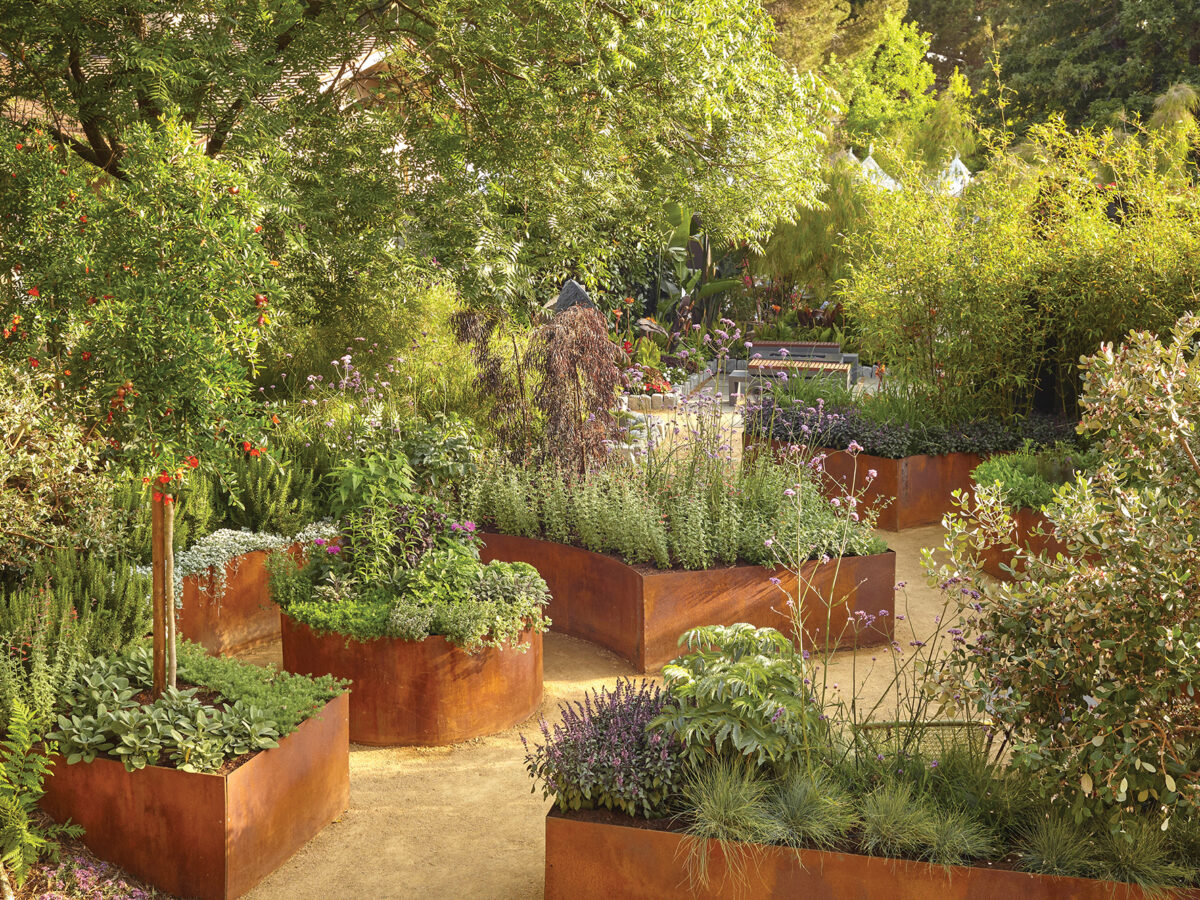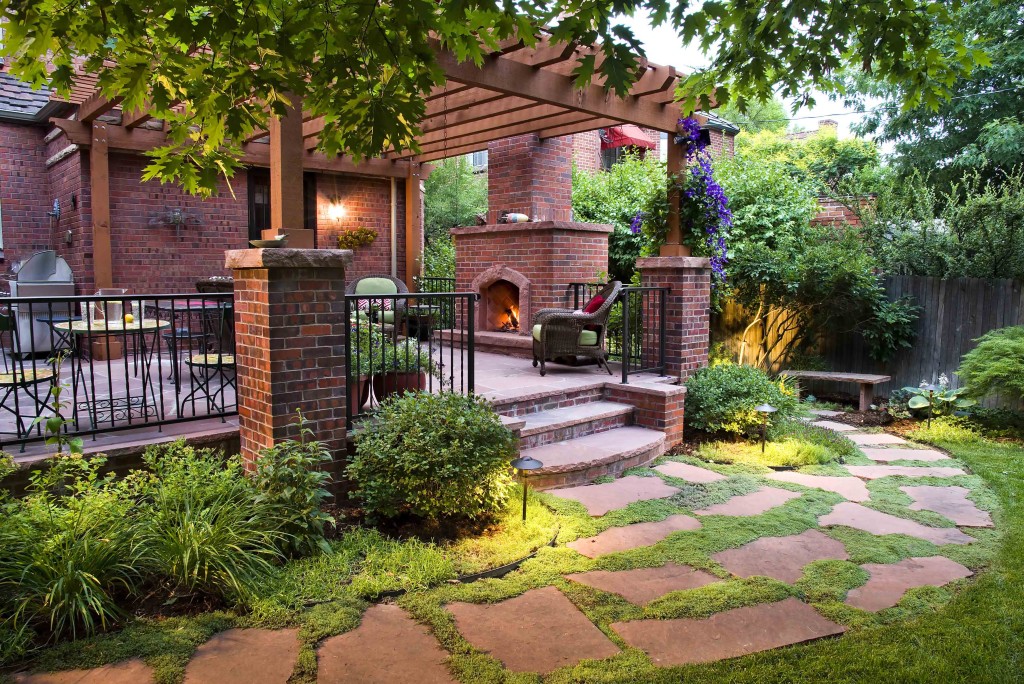3 Easy Facts About Hilton Head Landscapes Shown
Table of ContentsHilton Head Landscapes Things To Know Before You Get ThisHilton Head Landscapes - TruthsThe Best Strategy To Use For Hilton Head LandscapesThe 3-Minute Rule for Hilton Head LandscapesThe Buzz on Hilton Head LandscapesThings about Hilton Head LandscapesAn Unbiased View of Hilton Head Landscapes
Line produces all forms and patterns and can be made use of in a selection of methods in the landscape. Line in the landscape is developed by the side between 2 products, the outline or silhouette of a kind, or a long direct attribute. Lines are an effective tool for the developer because they can be made use of to develop a limitless range of shapes and forms, and they control movement of the eye and the body.

Lines can have several features, such as those defined below, but they normally offer different functions. Figure 1. Lines in the landscape - Landscaping bluffton sc. The homes of lines determine just how individuals react to the landscape, both emotionally and literally. Straight lines are structural and powerful; they develop a formal personality, are typically connected with an in proportion design, and lead the eye directly to a focal factor.
What Does Hilton Head Landscapes Mean?
Straight lines are frequently located in hardscape sides and material. Rounded lines produce an informal, all-natural, kicked back character that is connected a lot more with nature and asymmetrical balance. Curved lines move the eye at a slower rate and include secret to the space by creating concealed sights. Vertical lines move the eye up, making a space really feel larger.
Upright lines in the landscape consist of high, narrow plant material, such as trees, or tall frameworks, such as an arbor or a bird house on a pole. Horizontal lines move the eye along the ground aircraft and can make a space really feel larger. Reduced lines are a lot more subdued and develop a feeling of rest or repose.
Hilton Head Landscapes for Beginners
Reduced lines are produced by low yard wall surfaces, pathways, and brief hedges. Lines are used to draw forms on a plan. In strategy view, they specify plant beds and hardscape locations. Lines are also created by the upright forms of developed attributes and plant product. There are 3 main line kinds that produce kind in the landscape: bedlines, hardscape lines, and plant lines.
Bedlines connect plant material to your house and hardscape due to the fact that the eye complies with the line, moving the look through the landscape. Hardscape lines are developed by the side of the hardscape, which marks the built framework. Line can additionally be developed by long and slim products, such as a fence or wall.
Getting The Hilton Head Landscapes To Work
Type is found in both hardscape and plants, and it is typically the dominant aesthetic aspect that spatially organizes the landscape and commonly identifies the design of the garden. The kind of frameworks, plant beds, and garden ornaments also figures out the general type style of the garden. Official, geometric kinds include circles, squares, and polygons.
Plants produce kind in the yard with their details or silhouettes, but kind can also be defined by a gap or adverse room between plants - Landscaping bluffton sc (https://www.reverbnation.com/artist/hiltonheadlandscapes). Circles can be complete circles, or they can be separated right into half circles or circle segments and combined with lines to create arcs and tangents
Hilton Head Landscapes Can Be Fun For Everyone
Circles are a solid design type because the eye is always drawn to the facility, which can be utilized to emphasize a focal point or link various other forms. Round types in hardscape and lawn panels.
The square kind can also be segmented and previously owned continuously to create a grid pattern. Unlike circles, squares are more powerful on the sides, which can be lined up or overlapped to develop one-of-a-kind patterns and even more intricate kinds.
Twisting lines typically simulate the all-natural course of rivers or streams and can be called smooth lines with deeply curved wavinesses. Meandering lines (Number 3) function well for pathways, plant bedlines, and dry stream beds. Twisting lines can add rate of interest and mystery to a yard by leading viewers around edges to uncover new views and rooms.
More About Hilton Head Landscapes

Typical plant kinds are well developed and standardized, as type is the most constant and recognizable characteristic of plants. Type can also be developed via the massing of plants, where the overall mass develops a different type than a specific plant.
An extremely contrasting type should be utilized with careone or 2 work well as a centerpiece, but also several develop turmoil. Natural plant forms, instead of over-trimmed forms, must establish the mass of the structure. The relevance of total form is much more or much less depending on the watching perspectivethe kind of a tree can show up fairly various to an individual look at more info standing under the cover versus viewing the tree from a range in an open area.
Hilton Head Landscapes Fundamentals Explained
Plant forms also produce and specify deep space or open spaces between the plants, producing either convex or scooped kinds in deep spaces. High-arching tree branches generally produce a concave open area under the branches, and a rounded canopy with low branches fills the area to create a convex form in the open room under the tree.
